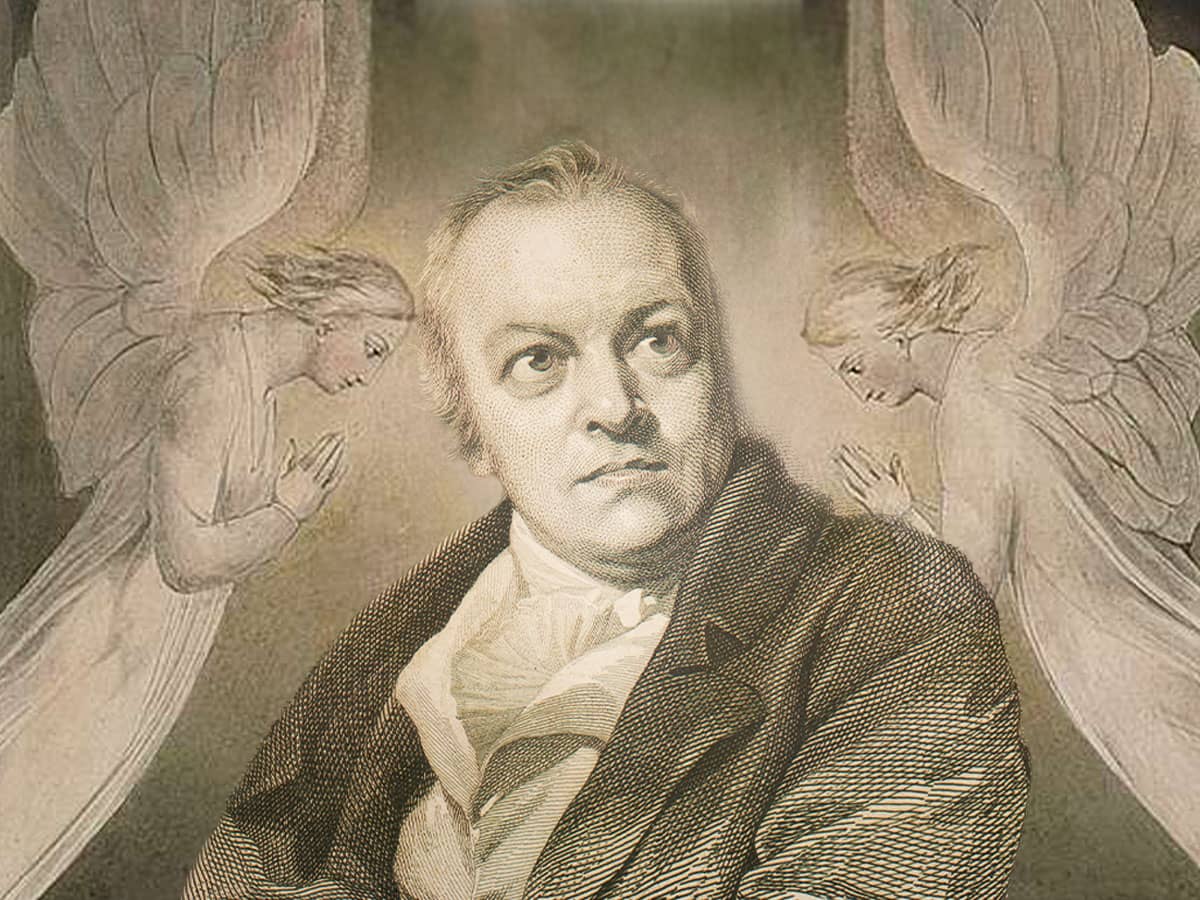
There’s an analogy that people who write about the brain and its relation to the soul often like to use. The brain, in this analogy, is like a TV set, and the soul like a program that’s showing on it.
Imagine traveling back in time and presenting a TV to someone from a pre-technological society (an aboriginal tribesman, perhaps, or a peasant farmer from medieval Europe). Imagine, as well, that the TV is on, and that it’s showing a rerun of “I Love Lucy.” (For some reason, this program--a favorite of mine in my elementary school rerun-watching--is always the one that comes to mind when I think of this scenario.) The pre-technological person stares in wonderment at the little black-and-white figures moving about on the screen. How on earth did they get in there? How do they manage to live in such a small place? What do they eat? Where do they sleep?
Finally, imagine that as the pre-technological observer is watching Lucy, Ricky, Ethel, and Fred going about their business, the TV drops to the ground and breaks. The screen goes black, and the magical little figures are no more.
We are so used to living with the daily miracles of communication technology that it’s a little bit of a challenge to get into the mindset of a person who has never seen TV or anything like it before. But if we try, we can imagine just how shocking such a demonstration might appear. To see figures that are clearly and unmistakably human, and clearly and unmistakably alive, contained within that little square of screen would make such an observer rethink everything he thought he knew about the way the world works. Likewise, to see them suddenly vanish would make him shake his head in terror and wonder.
The first time I encountered this basic scenario was in a book by Larry Dossey called “Recovering the Soul.” Electrical signals, Dossey explained, manifest through a TV set, which acts as a receiver for information that already exists outside of it. But the signal and the TV are, quite obviously, not the same thing. “Destroy the television receiver,” Dossey wrote, “and the signal remains.”
This is, of course, completely obvious to us. And yet at the same time, it’s not obvious at all. For while we in the modern world are perfectly capable of seeing a TV set showing a rerun of “I Love Lucy” fall to the ground and break without mourning the deaths of Lucy and Ricky, we are often not nearly so wise when we witness another transmitting device break and lose its signal: the one that each of carries around between our ears.
Scientists studying the workings of the brain are divided into two basic camps: those who believe the brain produces thought and consciousness, and those who believe the brain receives these things from somewhere else. The argument between these two camps has been going on for over a century, and though it looked for a time like the camp that believes the brain produces consciousness was going to win, more and more students of the brain are, these days, coming over to the other side, and admitting that in spite of all the extraordinary advances we have made in understanding the workings of the brain in recent years, we are not one whit closer to proving the brain produces the consciousness we associate with it than scientists were back at the beginning of the twentieth century.
Scientifically minded believers in the brain-as-receiver theory (like Dossey) speak of trans-physical dimensions of consciousness: realms where things like thought and emotion can continue to exist even without a physical body to anchor them. Basically, they’re saying in modern terms exactly what traditional religious thought has always maintained: that though the body may die, “the signal remains.”
Picturing the regions beyond the body that consciousness returns to when the body dies is a daunting challenge, but that has never stopped people from trying to do so anyhow. The world’s spiritual traditions (and certain voices from the forefront of the scientific community) tell us that not only does our personality survive the death of the body and of the brain--it also grows larger when it leaves them behind. All of us, in this view, are like dim and diminished signals broadcast into the world of matter by our true, heavenly, more-than-simply-material selves. When we abandon the brain and body that so ably if imperfectly served us during our time on earth, we undergo an enlargement. An enlargement that is beyond the power of words to describe, but that, I suspect, might bear some resemblance to the difference between the tiny, two-dimensional, black-and-white figures moving about on a TV screen, and the living, breathing, flesh-and-blood actors whom those figures, in their dim and distant way, represent.
To go from life in the body to life beyond it--to go from earth to heaven--is like going from the tiny little black-and-white Lucy I knew from my TV screen as a kid to the full-sized, red-haired, living and breathing real-life Lucy those images were based on. Not only does “the signal” of our earthly selves remain when the body dies; so too does the incalculably greater being that that “signal” was based upon: the higher, heavenly being that religious traditions around the world speak of as comprising our truest and deepest identity. This is an identity that no earthly accident, no breakdown in machinery of any kind, can ever touch or harm.
How could it? For Lucy was never in the TV to begin with.

